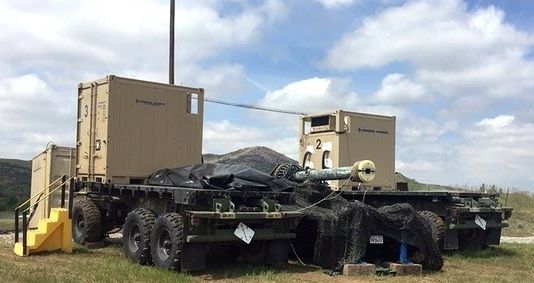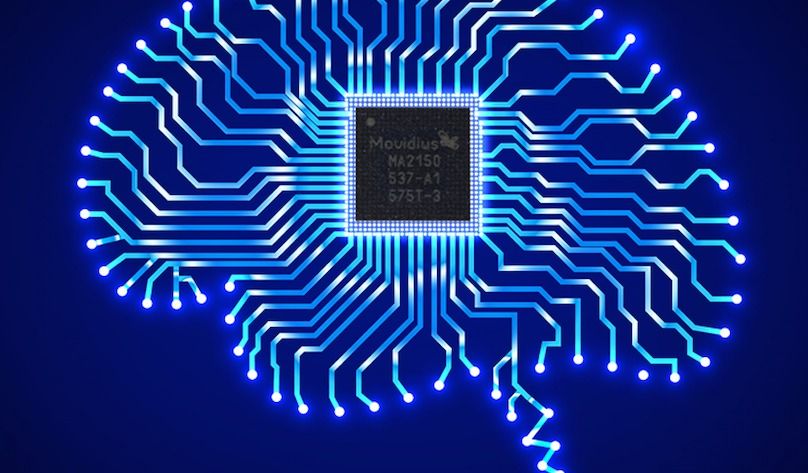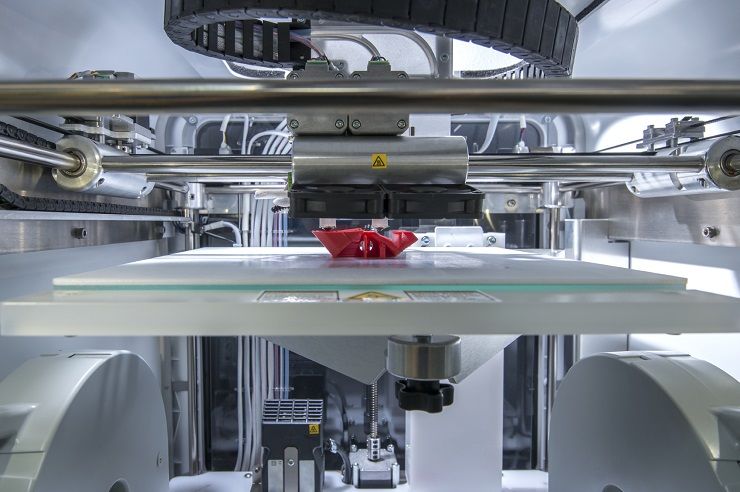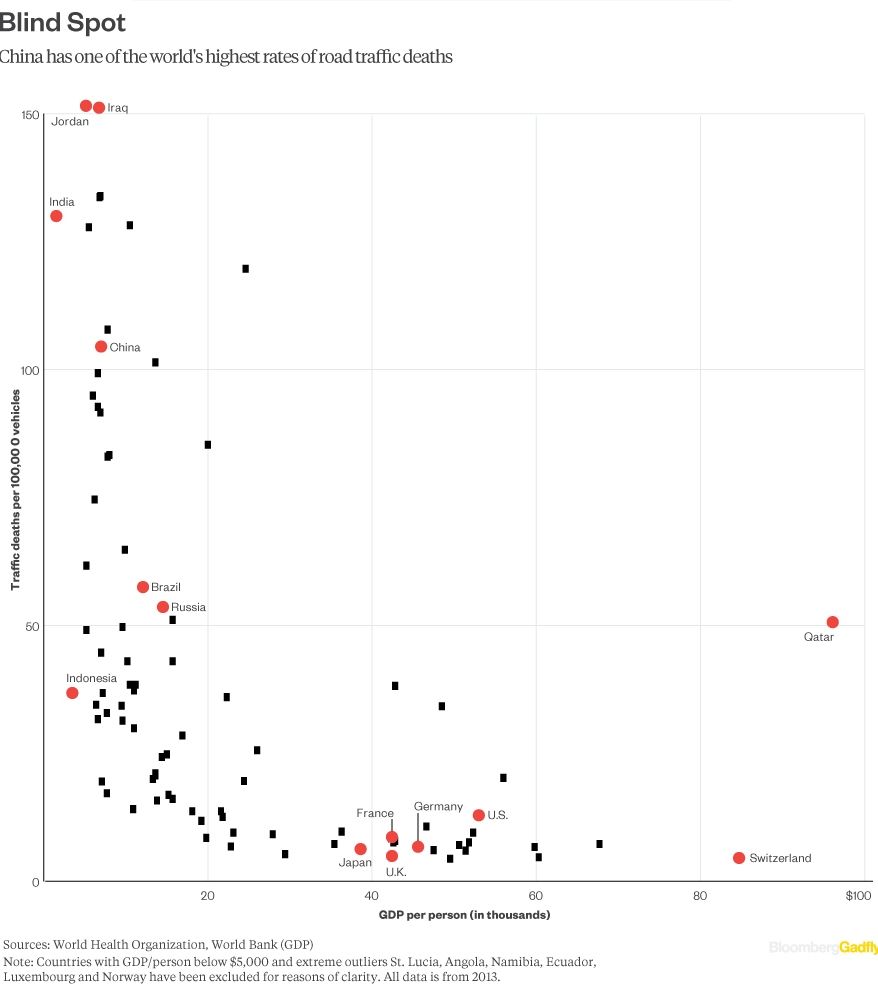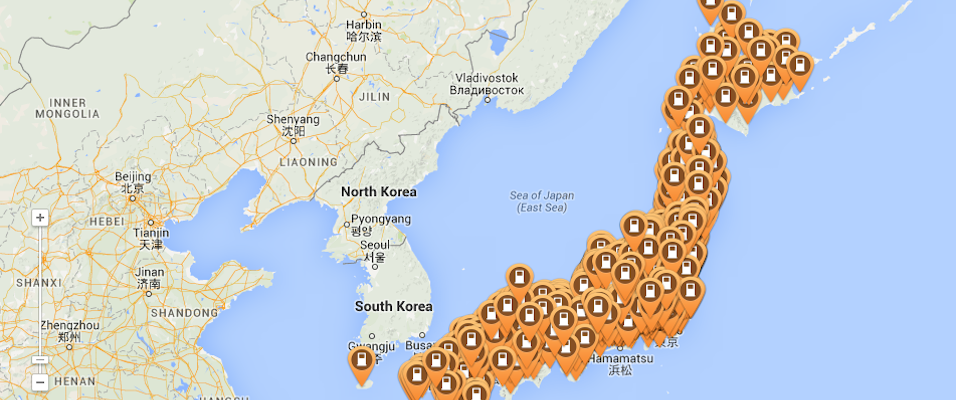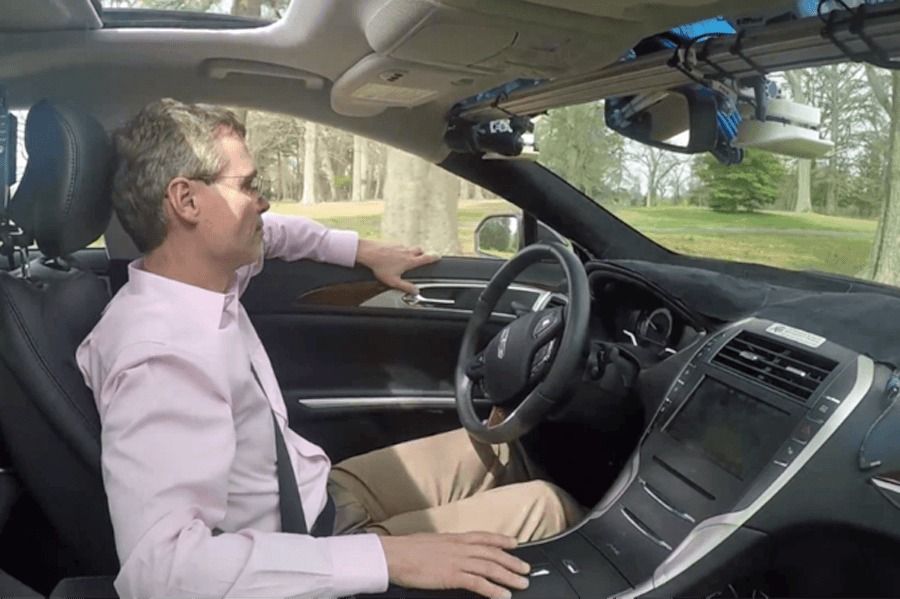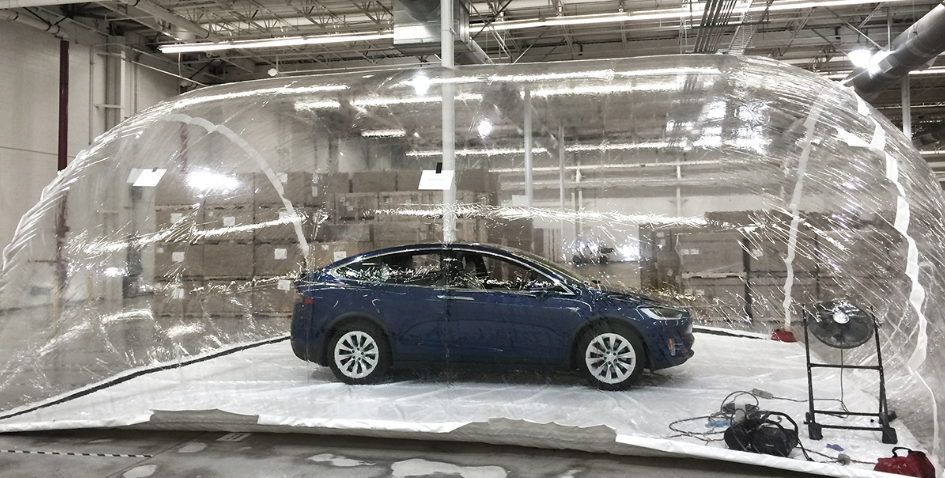May 8, 2016
General atomics railgun has successful tests which will lead to army truck based railgun system
Posted by Sean Brazell in categories: electronics, transportation
https://youtube.com/watch?v=M3C6lrTkBXU
General Atomics Electromagnetic Systems (GA-EMS) officials demonstrated its Blitzer electromagnetic railgun system at the U.S. Army’s Fires Center of Excellence annual Maneuver and Fires Integration Experiment (MFIX)last month at Ft. Sill in Lawton, Oklahoma.
There were eleven firings of the Blitzer railgun during the MFIX event, all at a target with a range that was greater than previous Blitzer firings. At the end of MFIX, GA-EMS’ Blitzer railgun system will be transported back to Dugway Proving Ground in Utah for more testing later this year.
